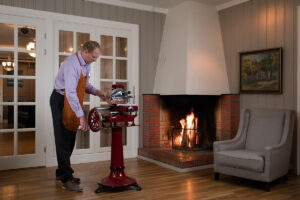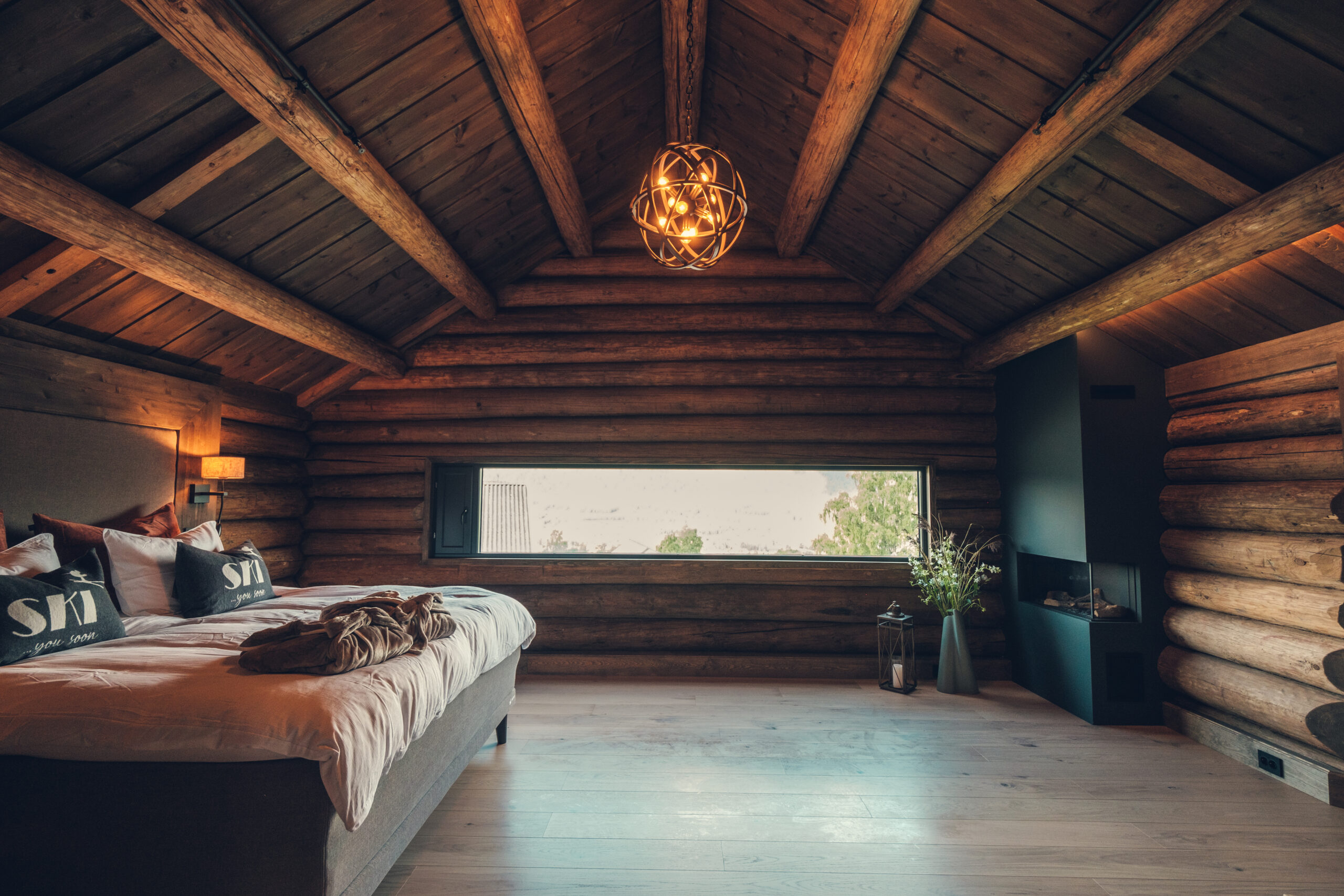
“Stabburssuitene by Nermo Hotell”
Take a break from everyday life – experience a unique accommodation concept! Now open for booking!
From time immemorial, a barn was a storehouse on a farm. The oldest storehouses were usually built on one floor, but later two floors became more common. Our storehouses date from before the 1730s.
The Gulating Act from the 10th century mentions three houses that must be left in place when a tenant leaves a farm. These are the living room, the fireplace and the cage. The cage is the origin of the storehouse and is older than the attic, which is not mentioned in the Gulating Act. The cage was a storehouse for food, clothing and other goods. The Gulatingsloven law stated that it was legal to kill a man caught stealing from the cage. In the early Middle Ages, cages were often built with two floors, a main room and an attic. Eventually, they were placed on stakes, a shorter cut-off part of a thick wooden log, or on stone. This is how we know the storehouses today.

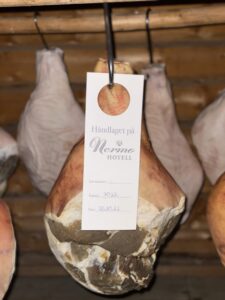
The word “stabbur” probably comes from the fact that the building was initially erected as a “stav-bur”, a small one-storey building placed directly on the ground. In more recent times, the shape of the storehouse was often extended with an attic. Stave barns on most farms were very simple and contained only a single room. On larger farms, the building was often very elaborate, often with an attic (2 floors) and ornamentation.
Many storehouses also served as the villages’ granaries in case of bad times. In Trondheim, such granaries were already established during the Swedish occupation in the 17th century. The grain monopoly of September 16, 1735 led to grain shortages in many parts of Norway. Many private initiatives for granaries were launched, for example in Ulvik in 1775 and in Fron here in Gudbrandsdalen in 1778. In 1787, Maren Juel built the granary in Odalen and during the Napoleonic Wars and the English blockade, the granaries in the storehouses became important for Norway.
After 1837, the local council usually managed the granaries in the villages, but from around 1850, cheap grain arrived from the USA and the granaries could be discontinued.
The storehouse was a house with status and the door was one of the few doors in the courtyard that was locked and the key to the storehouse was one of the housewife’s status symbols. The key usually hung in the stack and it was the housewife herself who opened and locked the storehouses. Here at Nermo, we also have a storehouse down in the yard that is used as it was originally intended. This is where the cured hams from the outdoor pigs we have on the farm in the summer hang to mature. The door is still locked, but it’s no longer the housewife who has the key to this storehouse, it’s the chef. And as in centuries past, not even the owner of Nermo enters this storehouse without asking the chef first.
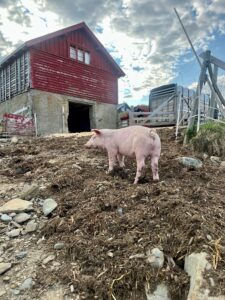
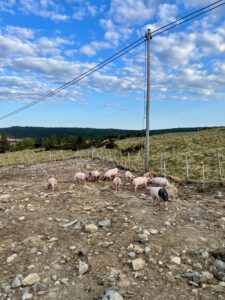

A cage with a loft (2 floors) had a higher status and often served as a guesthouse, with a sleeping loft upstairs and food storage in the cage downstairs. The loft’s special status was reflected in the fact that it was often more lavish, more solidly built and more richly decorated than other buildings on the farm. Before the fire at Nermo in 1932, there were several storehouses downstairs where there is now a parking lot. Two of these were used as guesthouses. One was the summer residence of a wealthy lady from Kristiania and the other served as a sleeping loft for the maids at the hotel. Unfortunately, these storehouses disappeared in the fire of 1932.
Today’s storehouses come from the Vengestad farm in Flesberg in Numedal. They were dismantled in 2018, restored and put into use as they are today in 2024. It’s a 20-year-old dream from the current owner that has now been fulfilled.
We hope you have a pleasant stay in the storehouse.
Johannes Nermo
5th generation owner
Call us on tel. 61 27 55 80 or send an email to booking@nermohotell.no if you want to book one of our Stabburssuites or if you want more information. Have you already decided that you want to try this? Then you can check availability and book here.

